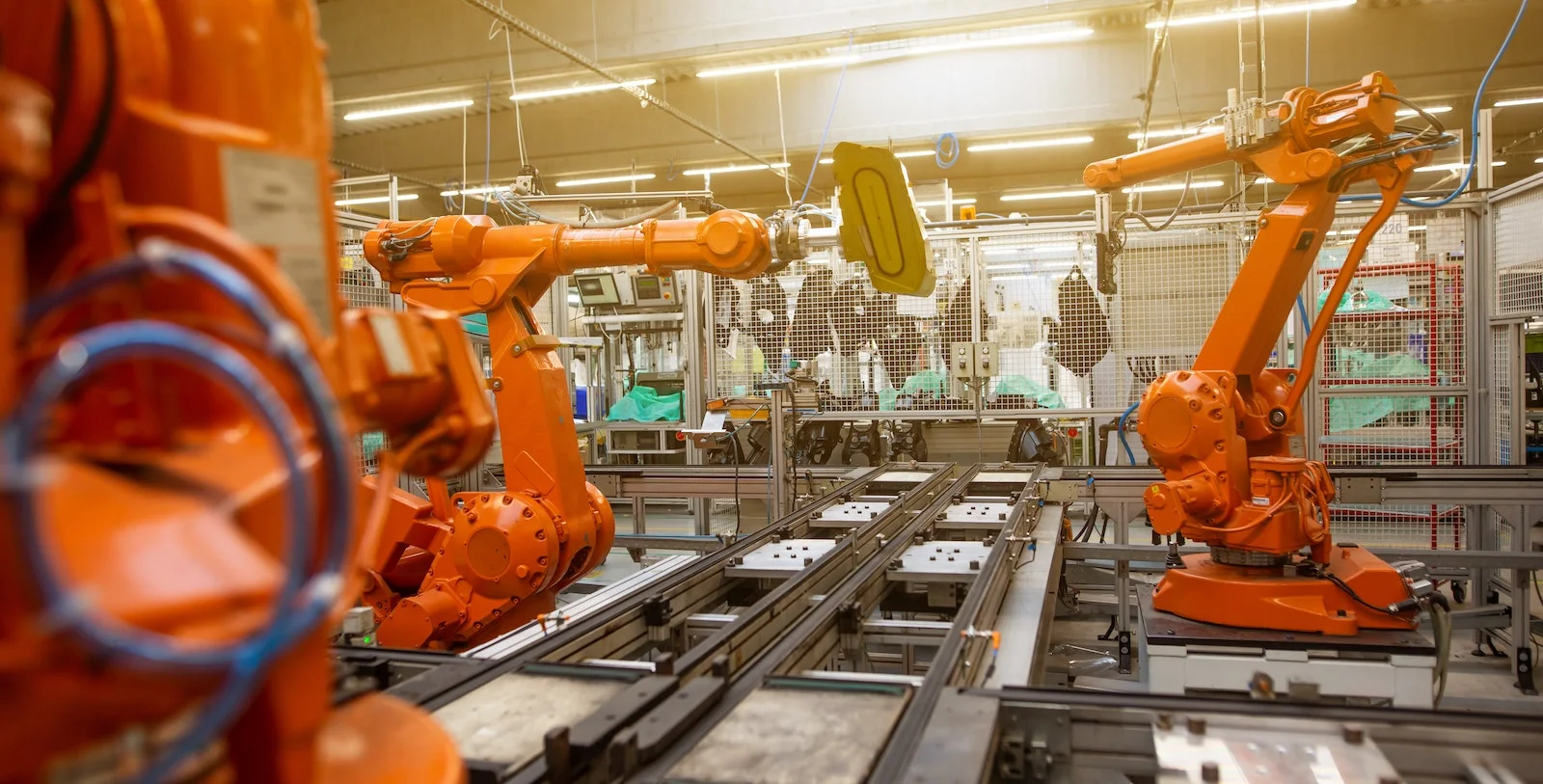Automated market makers are an essential part of the crypto trading ecosystem. Learn what an AMM is, about their importance, benefits, and drawbacks in this informative article.
Automated market makers (AMMs) are a type of software algorithm that provides liquidity for cryptocurrency trading. They have become increasingly popular in the crypto industry over the past few years due to their ability to improve liquidity, lower fees, and reduce price volatility. In this article, we will explore what an Automated Market Maker is, how it works, and its benefits and drawbacks.
What is an Automated Market Maker – Definition
An Automated Market Maker (AMM) is a type of software algorithm that facilitates trading in a decentralized cryptocurrency exchange. Unlike traditional market makers, AMMs do not rely on human intermediaries to match buyers and sellers.
Instead, they use an algorithm that automatically determines the price of a particular cryptocurrency asset based on the ratio of its supply to its demand.

How Automated Market Makers Work
AMMs use an algorithm called a “constant product market maker” (CPMM) to determine the price of a particular cryptocurrency asset. The CPMM algorithm ensures that the product of the total supply of one cryptocurrency asset and the total supply of another cryptocurrency asset in a liquidity pool is always constant.
This means that as the demand for one asset increases, the price of that asset will increase, and the supply of the other asset will decrease.
AMMs rely on liquidity pools to ensure that there is always liquidity in the market. Liquidity pools are pools of cryptocurrency assets that are used to facilitate trading. These pools are managed by smart contracts, which are self-executing contracts that automatically execute transactions based on predetermined conditions.
Benefits of Automated Market Makers in Crypto
There are several benefits of using Automated Market Makers in crypto trading. Some of these benefits include:
- Increased liquidity: AMMs help to increase liquidity in the market by providing a constant supply of cryptocurrency assets.
- Lower fees: AMMs typically have lower fees than traditional exchanges because they do not rely on human intermediaries.
- Reduced price volatility: AMMs help to reduce price volatility by automatically adjusting prices based on supply and demand.
- Accessibility: AMMs have improved the accessibility of trading for smaller investors and traders by allowing them to trade small amounts of cryptocurrency assets without the need for large amounts of capital.
Drawbacks of Automated Market Makers in Crypto
Despite the benefits of using Automated Market Makers in crypto trading, there are also some potential drawbacks to consider. These include:
- Impermanent loss: Impermanent loss occurs when the price of a particular cryptocurrency asset changes significantly between the time it is deposited in a liquidity pool and the time it is withdrawn. This can result in losses for liquidity providers.
- Risk management: Managing risk in AMMs can be challenging, as prices can change rapidly and liquidity pools can be vulnerable to price manipulation.
Examples of Automated Market Makers in Crypto
Some of the most popular Automated Market Makers in the crypto industry include Uniswap, PancakeSwap, and SushiSwap. Uniswap is one of the most well-known AMMs, and is known for its user-friendly interface and low fees.
PancakeSwap is a popular AMM on the Binance Smart Chain, and is known for its fast transaction speeds and high liquidity. SushiSwap is another popular AMM that offers a range of different trading pairs and features.
Conclusion
In conclusion, Automated Market Makers are a type of software algorithm that provides liquidity for cryptocurrency trading. They use an algorithm called a “constant product market maker” (CPMM) to determine the price of a particular cryptocurrency asset.
AMMs have several benefits, such as increased liquidity, lower fees, and reduced price volatility. However, they also have some potential drawbacks, such as impermanent loss and the challenges of managing risk.